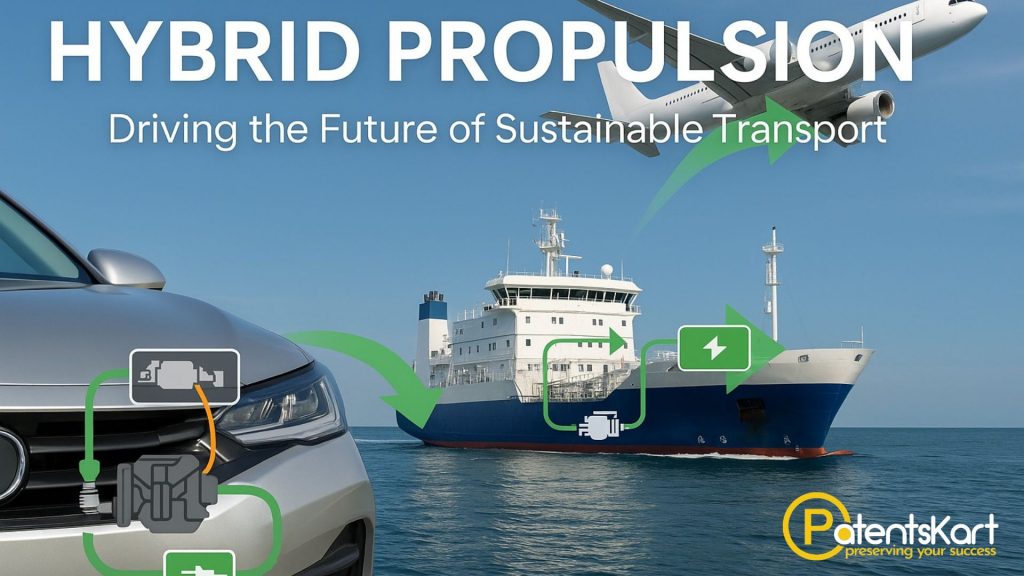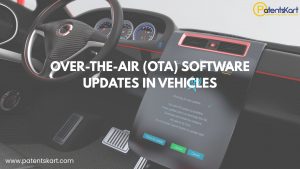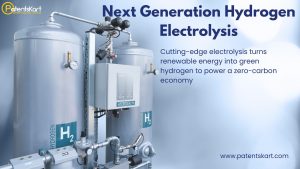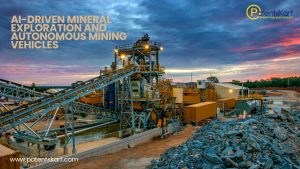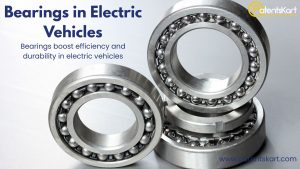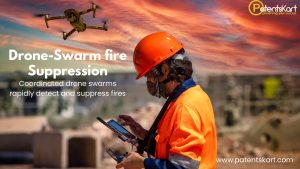What Is Hybrid Propulsion and How Does It Work?
Hybrid propulsion is a system that combines two or more power sources to drive a vehicle, aircraft, ship, or even a rocket. Most commonly, it integrates a traditional combustion engine with an electric motor. This combination allows vehicles to switch between or combine power sources depending on conditions.
For example, in cars, the electric motor is used for low-speed city driving, while the combustion engine powers highway travel. In ships, hybrid systems pair diesel engines with electric drives to cut fuel usage and emissions. In aerospace, hybrid propulsion can blend hydrogen, batteries, and turbines for efficient and safer thrust.
This flexibility makes hybrid propulsion technology a bridge between conventional engines and a fully electric future. It improves efficiency, lowers emissions, reduces noise, and increases reliability by balancing the workload across multiple systems.
Why Does Hybrid Propulsion Matter for Sustainable Mobility?
Hybrid propulsion matters because it solves today’s problems while preparing for tomorrow’s solutions. Pure electric systems are growing, but infrastructure challenges, battery limitations, and cost barriers remain. Hybrid propulsion provides an intermediate step: reducing carbon footprints without demanding a complete overhaul of global infrastructure.
Key benefits for sustainable mobility include:
- Lower greenhouse gas emissions compared to conventional engines.
- Reduced reliance on single fuel sources.
- Greater efficiency through regenerative braking and smart energy management.
- Compliance with stricter global emission regulations.
- More affordable adoption for consumers and industries compared to full electrification.
In short, clean propulsion systems are not just about cars — they are shaping greener transport across land, sea, and air.
How Are Hybrid Powertrains Transforming Automobiles?
The automotive industry has been the pioneer in hybrid powertrains. From Toyota’s Prius to Ford Escape and Mercedes S-Class hybrids, nearly every major automaker has invested in this technology.
Hybrid vehicles deliver:
- Efficiency gains → better mileage, reduced fuel usage.
- Cost savings → lower maintenance and operational costs.
- Regulatory compliance → meeting emissions standards globally.
- User experience → smoother driving with AI-driven power switching.
Future adoption is expected to expand to public transit fleets, taxis, and delivery vehicles — making sustainable mobility solutions central to urban growth.
What Role Does Clean Propulsion Play in Aviation and Aerospace?
Aviation is one of the most promising areas for clean propulsion. Companies like Airbus, ZeroAvia, and Ampaire are testing hybrid-electric aircraft that combine batteries, hydrogen, and turbines.
Benefits for aviation include:
- Lower carbon footprint compared to conventional jet engines.
- Reduced operating costs for airlines.
- Quieter flights, improving passenger comfort and reducing urban noise pollution.
- The potential to unlock new routes with smaller, greener planes.
NASA-backed projects and university-led research (like Penn State and Cranfield) are exploring alternative propulsion systems for aircraft that could enter service as early as the 2030s.
In aerospace and space exploration, hybrid rockets using solid fuel plus liquid oxidizers offer a balance of safety and performance — a strong alternative to purely solid or liquid systems.
How Are Next-Gen Propulsion Systems Used in Marine and Rail?
Ships and trains are adopting advanced propulsion systems to meet strict environmental regulations.
- Marine: Wärtsilä, Siemens, and Torqeedo are delivering hybrid-electric marine propulsion solutions. These allow ferries and cargo vessels to cut emissions while operating quietly near ports, protecting marine life.
- Rail: Hitachi and Alstom have developed battery commuter trains using hybrid propulsion to serve non-electrified tracks more efficiently.
Both sectors show that green transportation systems can decarbonize heavy transport where full electrification is still impractical.
Which Companies Are Leading Innovation in Propulsion?
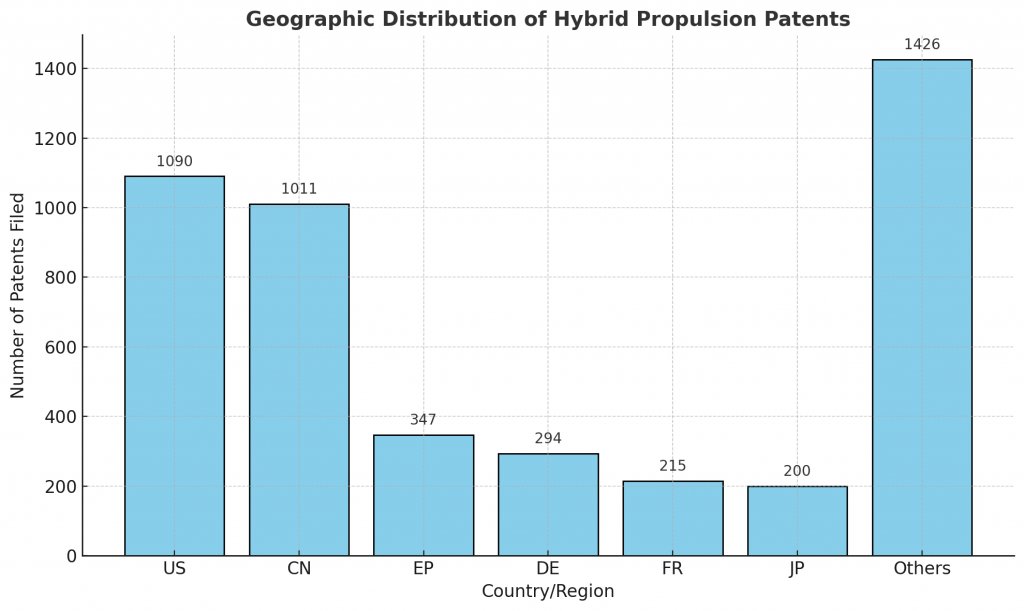
The propulsion technology landscape includes both established players and startups.
Major players: Toyota, Ford, BMW, Mercedes-Benz, Rolls-Royce, Wärtsilä, General Electric, Caterpillar, and Siemens.
Startups: ZeroAvia, Ampaire, Magdrive, Hyliion, VerdeGo Aero, and Eviation Aircraft.
These companies are not only investing in vehicles but also in next-gen propulsion technology for aviation, shipping, and energy systems. The mix of traditional giants and innovative startups ensures rapid evolution.
How Are Universities and Research Labs Driving Propulsion Research?
Research institutions are key drivers in propulsion technology breakthroughs:
- University of Nottingham: Partnered on hybrid airship projects.
- Penn State University: Leading NASA-funded hybrid aircraft research.
- TU Braunschweig: Developing propulsion systems for eVTOL aircraft.
- Cranfield University: Working on integrated hybrid-electric aircraft propulsion.
- NASA Glenn Research Center (HyPER): Testing hybrid aircraft propulsion control systems.
These projects ensure that alternative propulsion systems keep pushing boundaries across land, sea, and air.
What Regulations and Standards Shape Propulsion Systems?
Propulsion systems must comply with multiple international standards to ensure safety and adoption:
- ISO 26262 – Road vehicle functional safety.
- IEC 61851 – Electric vehicle charging systems.
- ISO 3744 – Noise reduction and acoustic certification.
- IEEE 1679 – Evaluation guidelines for hybrid energy systems.
These frameworks encourage safer, greener, and interoperable adoption worldwide.
What Are the Future Applications of Hybrid Propulsion Technology?
Hybrid propulsion technology has the potential to disrupt multiple industries:
- Automobiles → Cleaner cars, buses, and trucks.
- Aviation → Regional and urban air mobility solutions.
- Marine → Hybrid ferries, cargo ships, and offshore vessels.
- Rail → Noise-free, low-emission trains.
- Industrial logistics → Hybrid forklifts, AGVs, and warehouse vehicles.
- Smart cities → Integration with IoT, AI, and connected infrastructure.
It will also replace outdated technologies like mono-fuel powertrains, basic motors, and manual energy management systems — making way for AI-powered, sensor-driven propulsion ecosystems.
What Are the Key Trends in Sustainable Propulsion?
Current trends that make propulsion more powerful include:
- AI-driven power scheduling for efficiency.
- Digital twin simulations for predictive maintenance.
- Modular powertrain attachments (easy swaps for batteries/fuel cells).
- Self-learning efficiency algorithms adapting to user behavior.
- Smart IoT integration with fleets and infrastructure.
Together, these innovations ensure propulsion technology is not static — it’s continuously evolving.
What Are the Biggest Challenges Facing Propulsion Systems?
Despite rapid growth, propulsion systems face challenges:
- High upfront costs for vehicles and infrastructure.
- Complex maintenance compared to single-fuel engines.
- Limited charging and refueling infrastructure in many regions.
- Consumer hesitation due to lack of awareness.
Overcoming these will require collaboration between governments, automakers, startups, and energy providers.
FAQ:
Q1: Is hybrid propulsion better than fully electric systems?
Hybrid propulsion is a transition technology — cleaner than combustion engines but not as clean as fully electric. It bridges today’s limitations while preparing for electrification.
Q2: Can hybrid propulsion be used in rockets?
Yes, hybrid rockets use solid fuel + liquid oxidizer, offering safer and more controllable thrust than purely solid or liquid designs.
Q3: Will hybrid propulsion reduce my car’s running costs?
Yes, hybrid vehicles save on fuel and maintenance costs while often benefiting from tax incentives in many regions.
Q4: Which industries will benefit the most?
Automotive, aviation, shipping, and rail are the top beneficiaries, but logistics, smart cities, and even healthcare mobility will also adopt sustainable mobility solutions.
Q5: What is the future of hybrid propulsion?
Hybrid propulsion will dominate in the short and mid-term, especially in fleets and aviation. Long-term, it will be part of smart cities and fully automated transport ecosystems.
How Can PatentsKart Help in the Hybrid Propulsion Journey?
The rapid growth of hybrid propulsion technology means that innovation, competition, and intellectual property (IP) are more important than ever. At PatentsKart, we specialize in helping companies, startups, and researchers navigate this evolving landscape.
Here’s how we can support you:
- Patent Landscape Analysis: Get a clear view of who is filing in hybrid powertrains, clean propulsion systems, and next-gen mobility technologies so you can stay ahead of competitors.
- Freedom-to-Operate (FTO) Studies: Ensure your hybrid propulsion innovations are protected and avoid infringement risks.
- Patent Drafting & Filing: From hybrid-electric aircraft concepts to marine propulsion systems, we help secure strong IP rights.
- Technology Scouting: Identify the latest trends, potential partners, and acquisition targets in the green transportation ecosystem.
- Competitive Intelligence: Track how companies like Toyota, Airbus, Wärtsilä, and startups like ZeroAvia are shaping the industry.
By combining deep domain expertise with advanced analytics, PatentsKart empowers businesses to make smarter, IP-driven decisions in the fast-moving world of sustainable mobility solutions.
Conclusion: Is Hybrid Propulsion the Future of Transportation?
Hybrid propulsion is already transforming how we move — from cars and buses to ships, planes, and even rockets. It delivers efficiency, sustainability, and flexibility while serving as a bridge to full electrification.
With major companies, startups, universities, and governments investing heavily, hybrid propulsion is set to play a central role in global sustainable mobility. While challenges like infrastructure and costs remain, innovation and adoption are moving at record speed.
To learn more or collaborate on hybrid propulsion innovation, visit patentskart.com or contact us at info@patentskart.com.

